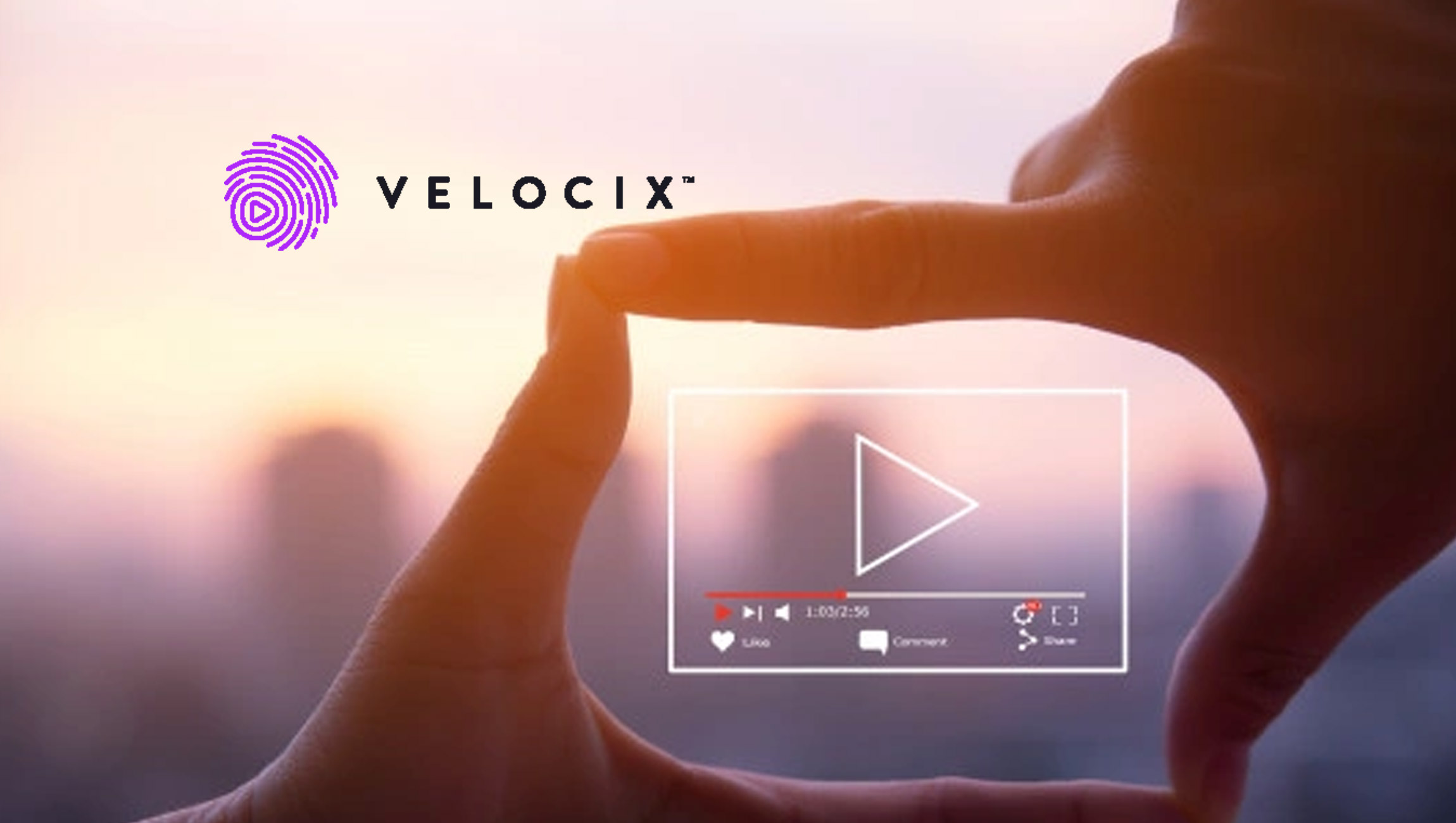Increasingly rich visual experiences permeate most aspects of our digital life. You’d be hard pressed to find anyone who doesn’t tap, swipe or click on a screen hundreds of times a day. These visual experiences are integral to our entertainment, connection and productivity. However, in isolation, they’re still relatively limited experiences. And as is common with many good things, we’ve started enjoying our screens a little too much.
On average, we log 6 hours and 57 minutes of screen time every day, with over half of that time being spent on our mobile phones (3 hours and 43 minutes). The pandemic has only reinforced screen addictions even further, particularly for children. Research from the University of California-San Francisco revealed that 12- to 13-year olds in the US doubled their non-school-related screen time in May 2020, logging 7.7 hours of screen time per day (up from 3.8 hours per day pre-pandemic).
Our addiction to visual experiences is so strong even the inherently dangerous act of driving doesn’t deter us from our screens. In a recent State Farm survey, more than half of respondents said they “always” or “often” read or send text messages while driving, 43% said they watched cellphone videos always or often while driving, and more than a third said they always or often drove while engaged in a video chat. By creating such a “candy store of distraction,” smartphone and automobile manufacturers are effectively killing people, according to cognitive psychologist David Strayer.
In a parallel universe, the continued evolution of the metaverse, enabled by ambient computing, fluid interfaces, AR/VR and wearables, means even more screen-heavy experiences are now being placed in front of us. When designed as thoughtful, additive overlays on the physical world, the metaverse offers a compelling future. But should this future materialize as layer-upon-layer of fragmented visual experiences that compete for our attention, we risk perpetuating our screen addictions even further .
Screen Addiction is Linked to a Myriad of Mental and Physiological Problems
The negative impacts of screen addiction are difficult to ignore. Yes, the ubiquity of screens can make communicating easier, but how many times have you opened your phone to quickly call home or respond to a work email, only to find that 20 minutes have passed and you’re deep into an Instagram scroll fest?!
In addition to the distraction and productivity loss, screen addiction is causing increased anxiety and depression, especially for impressionable adolescents. Research from San Diego State University psychologist Jean Twenge and University of Georgia psychology professor W. Keith Campbell found that teenagers who log more than 7 hours of screen time each day are twice as likely as those logging 1 hour to be diagnosed with anxiety or depression.
And we haven’t even touched on the physiological effects of ever-increasing screen time. Sore necks (aka text neck, a condition originally coined in 2008 by Dr. Dean Fishman), dry eyes, blurred vision, and cramped hands and wrists are common complaints. There’s also the plethora of health dangers that come from living a more sedentary lifestyle that increasingly rich, visually dominant experiences often encourage.
Marketing Technology News: MarTech Interview with Andrew (Andy) Kieffer, CEO of Voxfeed
Voice Experiences Can Help Mitigate Screen Addiction, but the Technology Remains Limited
Voice experiences offer a much-needed alternative and/or complement to our collective dependence on screen-heavy experiences, particularly because they’re intuitive, natural and inherent to our being. Equally importantly, voice experiences allow us to get up out of our chairs and interact efficiently with compute power – even while driving to work, spending time outdoors or exercising.
The potential for sophisticated, conversational voice technology is undeniably exciting. The original 2012 Siri commercials with celebrities like Zooey Deschanel and Samuel L. Jackson promised the delivery of ever-helpful, human-like assistants – assistants that could order us soup when it’s raining or help us prepare a romantic date night dinner.
Ten years later, though, and truly interactive, conversational voice technology still isn’t living up to the hype. As a result, many voice experiences are leaving people frustrated and annoyed. Tatum Hunter’s Washington Post piece sums it up well: “Overconfident, unhelpful and a little bit desperate, our voice assistants remind us of the people and conversations we least enjoy…”
From a business perspective, the limitations of existing voice technology mean even the most well-funded voice experiences aren’t gripping consumers in a meaningful or consistent way. All it takes is one failed voice request to incite user frustration, and frankly, the novelty of voice technology has worn off for the majority of consumers. So it’s incumbent on brands to deliver voice experiences that are truly additive to daily life, prioritizing their users and the quality of voice engagement at all times (i.e. accurately delivering what users are asking for and then getting out of the way).
To Reap the Benefits of Voice, Stop Accepting that the Technology is a One-Way Street
To obtain the greater reach and engagement that voice experiences can make possible, brands need to stop assuming general-purpose voice technology can successfully support consumers’ every whim and nuanced request. Most importantly, brands need to stop ceding full control of their voice experiences to a few general-purpose assistants.
Why let voice technology dictate your brand’s wake word, interrupt your otherwise cohesive digital strategy, or own your customer data? Siri, Alexa and Google Assistant need not be the only voice assistants out there, and voice hardware and software need not be gated to one voice assistant. Just as brands sought to own and shape their identity on screens, brands must now own and develop their identities for voice. When a brand leverages its own domain knowledge inside its specialized field, the opportunity to deliver the most relevant use cases and design the most flawless voice experiences reveals itself. And in return, brands can capture and respond to the resulting customer data flows – something less possible with general-purpose voice assistants.
Instead of a one-way street that leaves brands wanting and consumers often let down, the truth is there’s an active highway out there – a bustling marketplace of existing voice hardware and software solutions that can be combined to allow users to ask simple, direct and highly specific questions that will successfully and immediately yield results. It’s a highway that now allows brands to deliver compelling voice experiences directly to their customers, alongside the value that leading, general voice assistants can deliver.
No more hoping consumers will say, “Hey Siri, When will product X be restocked in my size?” and having the request fail miserably. Today, companies can deliver unique voice experiences that allow users to say, “Hey Brand X, Order me another pair of X” and actually have this straightforward request succeed. And the applications for a brand-specific assistant like “Hey Uber” or “Hey United” are immediately obvious to even the less-initiated consumers – voice becomes more understandable when a brand’s context is added. Just look at Bank of America, Sonos and Disney for inspiration.
Leveraging Customizable Combinations of Voice Hardware and Software is Key
Getting less heads-down screen time and adding more voice time to our digital lives can improve everyone’s mental and physical well-being. And augmenting visual experiences with more natural voice experiences as part of a seamless digital overlay is a promising path for brands seeking to engage with their customers in a meaningful, responsive and consistent way. To be clear, this path goes beyond simply adding voice commands on top of existing screen-based experiences, as many of the early voice attempts do, inevitably driving attention back to the screen. Only when we design new journeys from the ground up, combining audio and visual interactions as a singular user experience, can the real benefits of voice be unlocked.
By moving beyond the one-way street of general-purpose assistants, and leveraging combinations of voice hardware and software to support simple yet consequential engagement, companies have a timely and substantial opportunity to control their brand’s voice identity and finally hear everything their customers are asking for. And they can do so without requiring the “emotional labor” and “cognitive effort” that plagues so many voice interfaces. These companies stand to significantly out-innovate their competitors, and best of all, capture the ultimate prize ahead of their rivals: building and monetizing a long-term, sticky relationship with consumers.
Marketing Technology News: Customers are Demanding Better In-App Support: Is Your Company Ready?











